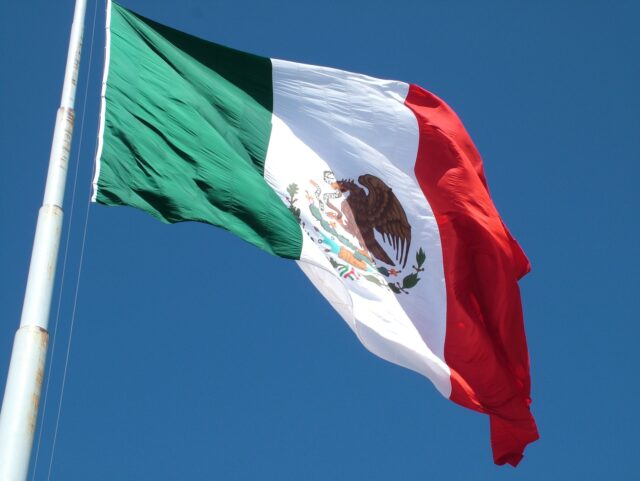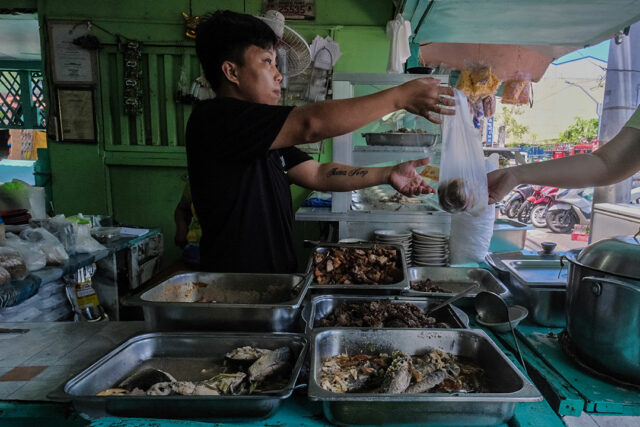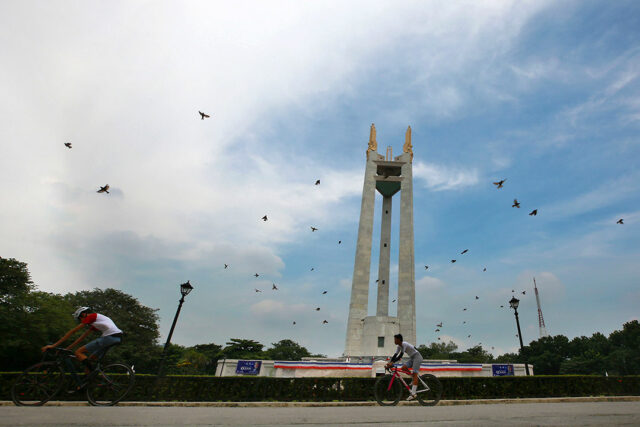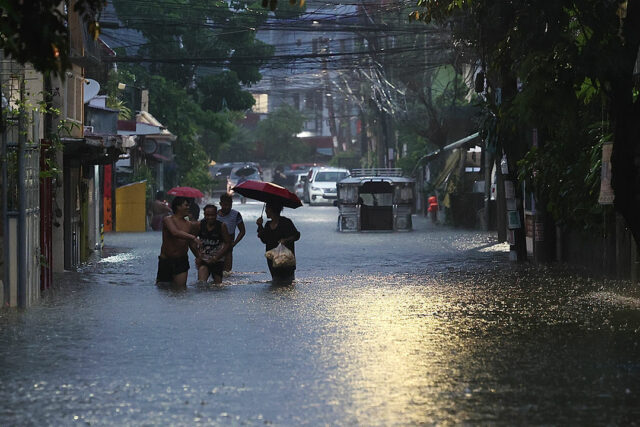BEIJING/SINGAPORE/NEW YORK – State-linked Chinese entities are using cloud services provided by Amazon or its rivals to access advanced US chips and artificial intelligence capabilities that they cannot acquire otherwise, recent public tender documents showed.
The US government has restricted the export of high-end AI chips to China over the past two years, citing the need to limit the Chinese military’s capabilities.
Providing access to such chips or advanced AI models through the cloud, however, is not a violation of US regulations since only exports or transfers of a commodity, software or technology are regulated.
A Reuters review of more than 50 tender documents posted over the past year on publicly available Chinese databases showed that at least 11 Chinese entities have sought access to restricted US technologies or cloud services.
Among those, four explicitly named Amazon Web Services (AWS) as a cloud service provider, though they accessed the services through Chinese intermediary companies rather than from AWS directly.
The tender documents, which Reuters is the first to report on, show the breadth of strategies Chinese entities are employing to secure advanced computing power and access generative AI models. They also underscore how US companies are capitalizing on China’s growing demand for computing power.
“AWS complies with all applicable US laws, including trade laws, regarding the provision of AWS services inside and outside of China,” a spokesperson for Amazon’s cloud business said.
AWS controls nearly a third of the global cloud infrastructure market, according to research firm Canalys. In China, AWS is the sixth-largest cloud service provider, according to research firm IDC.
Shenzhen University spent 200,000 yuan ($27,996) on an AWS account to gain access to cloud servers powered by Nvidia A100 and H100 chips for an unspecified project, according to a March tender document. It got this service via an intermediary, Yunda Technology Ltd Co, the document showed.
Exports to China of the two Nvidia chips, which are used to power large-language models (LLM) such as OpenAI’s ChatGPT, are banned by the US.
Shenzhen University and Yunda Technology did not respond to requests for comment. Nvidia declined to comment on Shenzhen University’s spending or on any of the other Chinese entities’ deals.
Zhejiang Lab, a research institute developing its own LLM, GeoGPT, said in a tender document in April that it intended to spend 184,000 yuan to purchase AWS cloud computing services as its AI model could not get enough computing power from homegrown Alibaba.
A spokesperson for Zhejiang Lab said that it did not follow through with the purchase but did not respond to questions about the reasoning behind this decision or how it met its LLM’s computing power requirements. Alibaba’s cloud unit, Alicloud, did not respond to a request for comment.
Reuters could not establish whether or not the purchase went ahead.
The US government is now trying to tighten regulations to restrict access through the cloud.
“This loophole has been a concern of mine for years, and we are long overdue to address it,” Michael McCaul, chair of the US House of Representatives Foreign Affairs Committee, told Reuters in a statement, referring to the remote access of advanced US computing through the cloud by foreign entities.
Legislation was introduced in Congress in April to empower the commerce department to regulate remote access of US technology, but it is not clear if and when it will be passed.
A department spokesperson said it was working closely with Congress and “seeking additional resources to strengthen our existing controls that restrict PRC companies from accessing advanced AI chips through remote access to cloud computing capability.”
The commerce department also proposed a rule in January that would require US cloud computing services to verify large AI model users and report to regulators when they use US cloud computing services to train large AI models capable of “malicious cyber-enabled activity”.
The rule, which has not been finalized, would also enable the commerce secretary to impose prohibitions on customers.
“We are aware the commerce department is considering new regulations, and we comply with all applicable laws in the countries in which we operate,” the AWS spokesperson said.
CLOUD DEMAND IN CHINA
The Chinese entities are also seeking access to Microsoft’s cloud services.
In April, Sichuan University said in a tender document it was building a generative AI platform and purchasing 40 million Microsoft Azure OpenAI tokens to support the delivery of this project. The university’s procurement document in May showed that Sichuan Province Xuedong Technology Co Ltd supplied the tokens.
Microsoft did not respond to requests for comment. Sichuan University and Sichuan Province Xuedong Technology did not respond to requests for comment on the purchase.
OpenAI said in a statement its own services are not supported in China and that Azure OpenAI operates under Microsoft’s policies. It did not comment on the tenders.
The University of Science and Technology of China’s (USTC) Suzhou Institute of Advanced Research said in a tender document in March that it wanted to rent 500 cloud servers, each powered by eight Nvidia A100 chips, for an unspecified purpose.
The tender was fulfilled by Hefei Advanced Computing Center Operation Management Co Ltd, a procurement document showed in April, but the document did not name the cloud service provider and Reuters could not determine its identity.
USTC was added to a US export control list known as the ‘Entity List’ in May for acquiring US technology for quantum computing that could help China’s military, and involvement in its nuclear program development.
USTC and Hefei Advanced Computing Center did not respond to requests for comment.
BEYOND RESTRICTED AI CHIPS
Amazon has offered Chinese organizations access not only to advanced AI chips but also to advanced AI models such as Anthropic’s Claude which they cannot otherwise access, according to public posts, tenders and marketing materials reviewed by Reuters.
“Bedrock provides a selection of leading LLMs including prominent closed-source models such as Anthropic’s Claude 3,” Chu Ruisong, President of AWS Greater China, told a generative AI-themed conference in Shanghai in May, referring to its cloud platform.
In various Chinese-language posts for AWS developers and clients, Amazon highlighted the opportunity to try out “world-class AI models” and mentioned Chinese gaming firm Source Technology as one of its clients using Claude.
Amazon has dedicated sales teams serving Chinese clients domestically and overseas, according to two former company executives.
After Reuters contacted Amazon for comment, it updated dozens of posts on its Chinese-language channels with a note to say some of its services were not available in its China cloud regions. It also removed several promotional posts, including the one about Source Technology. Amazon did not give a reason for removing the posts and did not answer a Reuters query on that.
“Amazon Bedrock customers are subject to Anthropic’s end user license agreement, which prohibits access to Claude in China both via Amazon’s Bedrock API (application programming interface) and via Anthropic’s own API,” the AWS spokesperson said.
Anthropic said it does not support or allow customers or end-users within China to access Claude.
“However, subsidiaries or product divisions of Chinese-headquartered companies may use Claude if the subsidiary itself is located in a supported region outside of China,” an Anthropic spokesperson said.
Source Technology did not respond to a request for comment. – Reuters














